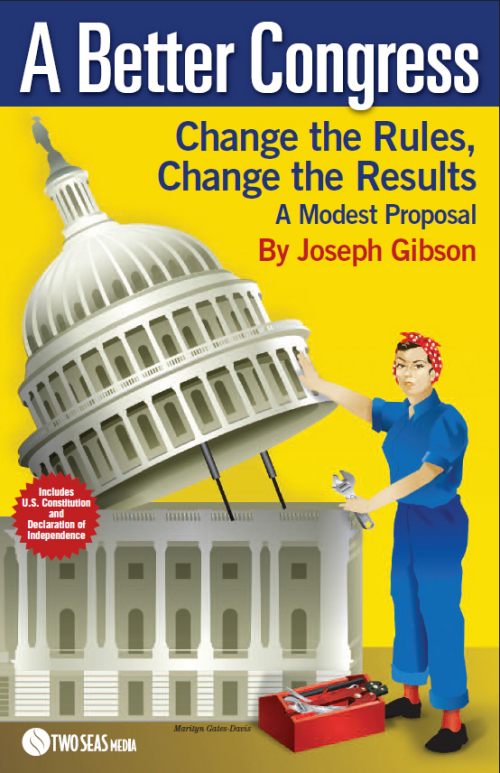There is no getting around the fact that members of the majority party typically decide the most crucial questions presented to Congress. Furthermore, members of the majority party also primarily control what will be considered by their chambers on a daily basis. In the end, the fact that a member can vote does not really matter as much if he has no control regarding what the questions will be.
Members of the minority in both chambers do have some powers they can utilize in order to slow down or even stop the movement of legislation.
Senate
The minority party can threaten extended debate in the Senate. The majority party must gather 60 votes in order to cut off debate, if that should happen. Provided the minority party has 41 seats and all of that party’s members vote together, it is possible to stop any measure.
Minority party senators additionally have the freedom to provide a variety of amendments to bills on the Senate floor. Amendments are not required by Senate rules to relate to the subject matter of the underlying bill. In addition, minority party members may also utilize amendments for forcing their proposals onto the agenda. Practically speaking, Senate majority leaders do have procedural tools available that can be used for effectively blocking the efforts of the minority to offer amendments.
House
In the House, minority party representatives face a much weaker situation. The House majority determines the bills that are considered in committee as well as on the floor. Whenever a bill comes up on the floor, majority party  leadership can exercise complete control over the amendments that can be offered by House members.
leadership can exercise complete control over the amendments that can be offered by House members.
It is only in committees that minority party members in the House are able to offer amendments without obtaining the approval of at least some of the majority party members. Even in that case, the amendment must relate in some way to the same subject matter as the underlying bill.
If a committee amendment is devised that is troublesome to the majority, the chance to offer it can be cut off by simply skipping committee consideration and the bill being taken directly to the House floor.
Between Chambers
The way in which chambers resolve differences between Senate and House bills is also determined by the majority party. Majority party members can elect to send amendments back and forth between chambers. Regardless of the method used, the minority has little to no say in the matter and has no choice but to sit back and watch.
Reference: A Better Congress, by Joseph Gibson, Chapter 5 Procedures Designed to Divide.
Also see Congressional Procedure: A Practical Guide to the Legislative Process in the U.S. Congress, by Richard Arenberg
To learn more about ways in which you can change Congress and receive better results, consider these Capitol Learning Audio Course Making the Most of a Site Visit with a Member of Congress.
Also see
- Filibuster / Unlimited Debate (CongressionalGlossary.com)
- “What’s the deal with contacting my Representative or Senators?“
- Our FAQ: “How to Contact Congress“
- How do I get an American flag that has flown over the U.S. Capitol?
- A Guide for Communicating with Congress
For more than 40 years, TheCapitol.Net and its predecessor, Congressional Quarterly Executive Conferences, have been teaching professionals from government, military, business, and NGOs about the dynamics and operations of the legislative and executive branches and how to work with them.
Our custom on-site and online training, publications, and audio courses include congressional operations, legislative and budget process, communication and advocacy, media and public relations, testifying before Congress, research skills, legislative drafting, critical thinking and writing, and more.
TheCapitol.Net is on the GSA Schedule, MAS, for custom on-site and online training. GSA Contract GS02F0192X
TheCapitol.Net is now owned by the Sunwater Institute.
Teaching how Washington and Congress work ™

